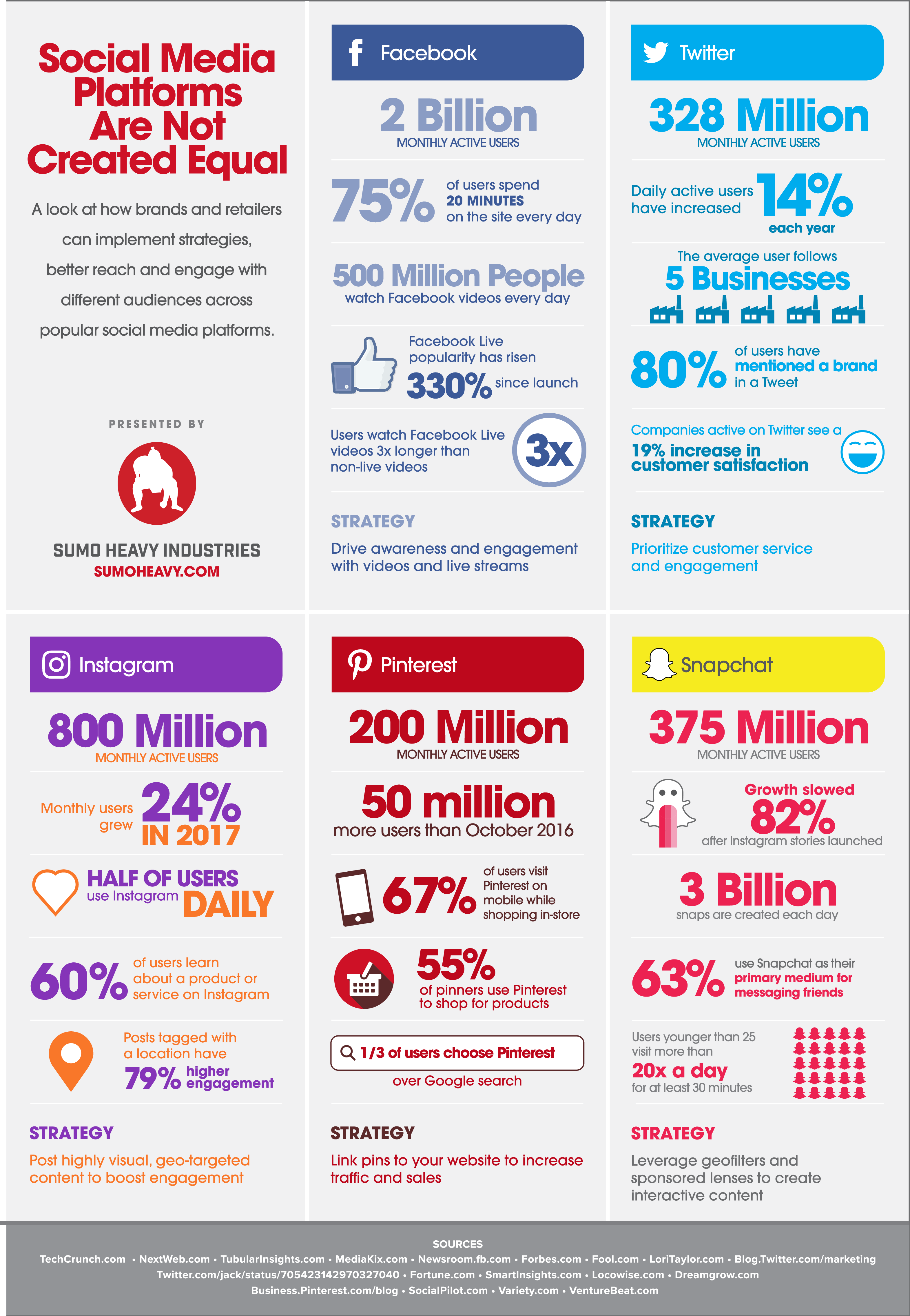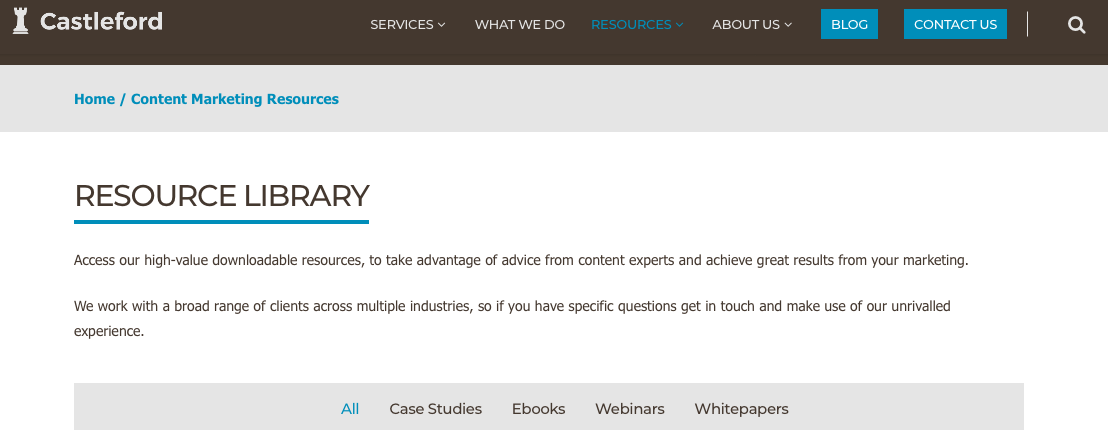Every day, the world feeds us with an excess of information; information we need, and those we don’t. So it’s important for content makers to make sure that they deliver something that stands out. However, creating fresh content every day could be time-consuming! When not delivering new content, we turn to a time-efficient hack that drives traffic for our website—repurposing content.
Repurposing content may mean two things, at least according to HubSpot: 1. changing a content’s format; and 2. refocusing target or intended audience.
It intends to boost SEO, reveal your content to a fresh audience, and finally amplify your brand’s message.
There are so many ways to preserve content and give it a burst of creativity! But before we go crazy in exploring the ways we could reanimate content, here’s something you have to remember: Not all of your content should be repurposed.
The trick to starting your repurpose is choosing exactly what you can repurpose among your content. We suggest you examine these three types:
The Evergreen Content
Like evergreen trees whose leaves remain throughout the year, evergreen content is not time-bound and stays in-demand whenever readers visit your site. This could be “How-to” articles (e.g. How to determine the best infographic for your data), case studies (e.g. Exclusive the Rainbow Ad Case Study DDB), “best practice” articles, etc. These are stories or blog posts that are searchable on the web and are compelling enough to be read again and again.
The “Hall of Famers”
These have been called many things: the high performers, the social champions, the cornerstones, etc. Here, we settle for “Hall of Famers”, a moniker by Buffer’s VP of Marketing Kevan Lee.
Your hall of famers are content popular across your social media assets. These are usually original and even got you recognised at some point! Here’s a more comprehensive guide that might help you determine what among your content is high performing. But in general, you can spot “Hall of Famers” on Google Analytics as articles that drove unusually high amounts of traffic or conversions.
The Bad Batch
First impressions don’t always have to last; at least not for your content. The bad batch are articles that didn’t gain much traffic when first published, or those that are not well-written (did not follow the rules of a good SEO article). Repurposing is your chance for a do-over; an opportunity to give it the extra flare that finally changes its status.
Let’s now look at some ways for you to repurpose your own content!
6 Ways to Creatively Repurpose Content
Turn your data to infographics
According to a data-driven study, infographics still top the list of the most valuable social media content. It gets most of the social media noise which usually equates to an increase in traffic. The use of infographics can also give your brand a competitive advantage as it reduces otherwise complex data. People are also more likely to share pictures, and pictures with accurate data? Even better.

Sample Social Media Study infographic from socialmediaweek.org
Round-up best articles
“Listicles”, which are articles made of lists, are some of the best articles on the web. This easy-to-read format gives readers a comprehensive idea about what they want to know more about. Some of the most visited websites of today like BuzzFeed, HelloGiggles, and Ranker have mastered the art of creating listicles, and you could, too! Combine your cornerstone articles in a singular post or categorise them based on overarching themes. For example, you compile the most read articles on your blog for a certain year; or anything that falls into a clear category, really!

Round-up Articles from The Scientist
Create resource materials like eBooks
People clamor for eBooks almost as much as they do the real thing! This not only gives you a sense of credibility and authority but also allows visitors to know more about your company and services. Ebooks increase leads by up to 50% and are confirmed “lead magnets”. Any information (specifically emails) you get from those wishing to access your eBook can also help you retarget initiatives to certain users. You can definitely use some of the content you’ve managed to publish over the years and combine it into a cohesive eBook. It’s important to remember that you have to pound your high-quality content (it’s tough yet satisfying work!) and that they must serve as great “conversation starters” between you and your potential customers.

Castleford’s Resource Library
Pick out snippets for other social media platforms
People locate brands on social media platforms, so you have a responsibility to keep your social media handles regularly updated. Snip a valuable portion of information from longer articles and post it on your accounts. Say you’re a brand that aims to celebrate women entrepreneurs, and over the years, you’ve managed to interview some of them. You can use excerpts from these interviews and post them directly to Facebook, including a link that redirects users back to your website. If you’re a fashion and retail brand, you can explore Pinterest and use photos from shoots to create fashion boards. If your website is not getting the traffic it deserves, you can always leverage other platforms that do!

Create videos
After infographics (or images), the format with the next biggest appeal is videos. Video marketing is cost-effective now. Certain updates on social media platforms like Facebook’s My Stories and IG’s My Day makes it easier for anyone to release video content. When you repurpose content to a video format, you simplify vital points and do not overload people with information. We wouldn’t go into so much detail, but here’s a HubSpot article on the six types of content you could repurpose as video. If you’re still not convinced about the power of videos, here’s another from our own team to help you see exactly why you should invest in video marketing.
Submit articles to guest blogging sites
We’re sure that there’s a website (or two) that caters specifically to your industry and who are willing to feature your article. Brands usually turn to guest blogging to gain more traffic for their own websites through backlinks. Moreover, backlinks are important for a website’s SEO ranking, but it has to be naturally inserted into the article and not forced. Additionally, you should submit your content to websites with higher domain ratings than your own, as this boosts your own website’s prominence on search engine results. Creating backlinks from low DR sites can have the opposite effect!

Social Media Impact’s Guest Blogging FAQ Section
Conclusion
Remember to not only get creative but also explore possibilities across platforms. You could release your content in a different format, see if it could live up to its potential on a different platform. The possibilities are endless, so don’t be afraid to get a little bit crazy!
Our team’s here to power up your brand’s potential with digital marketing! Give us a call or drop us a line!




